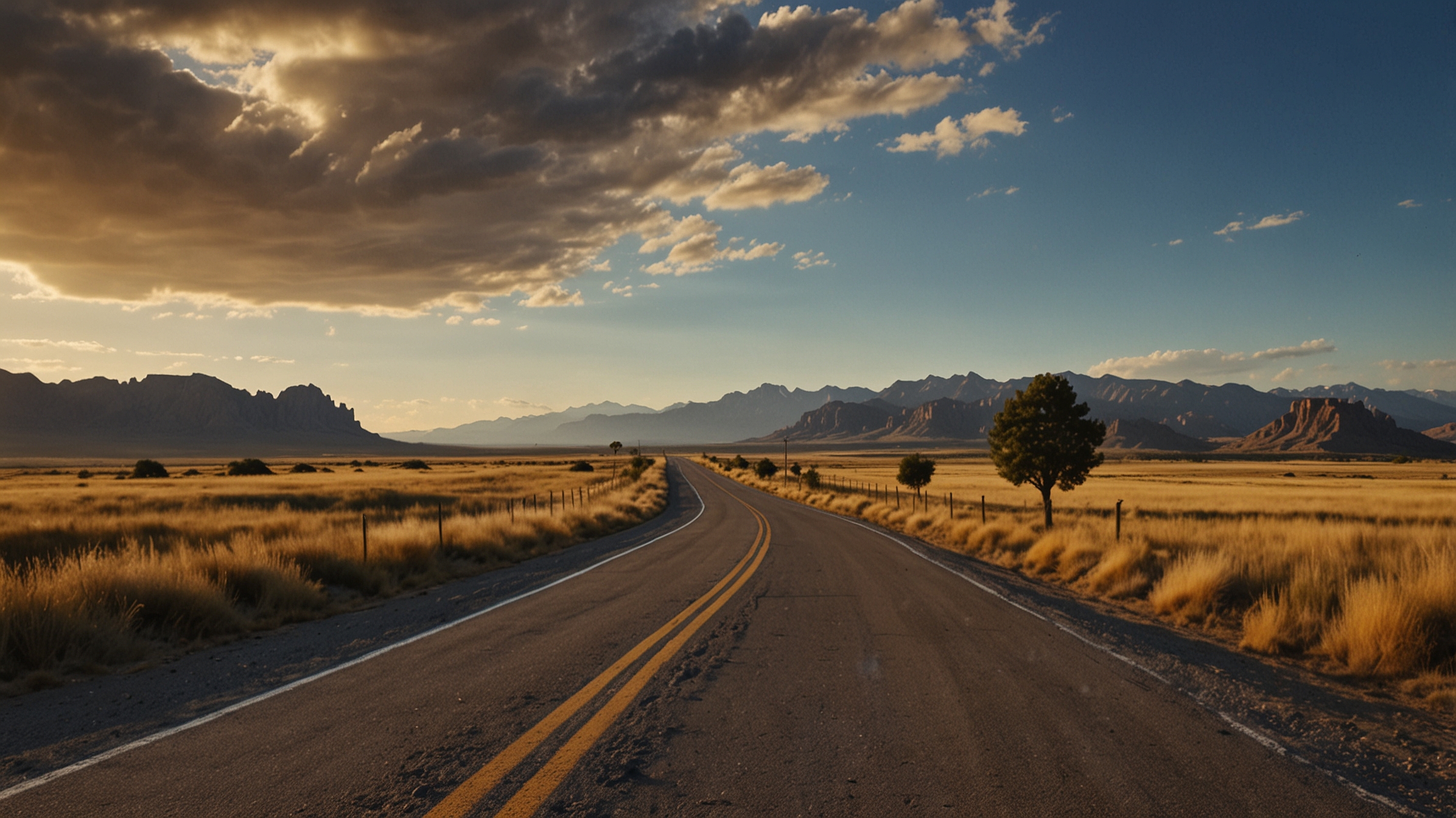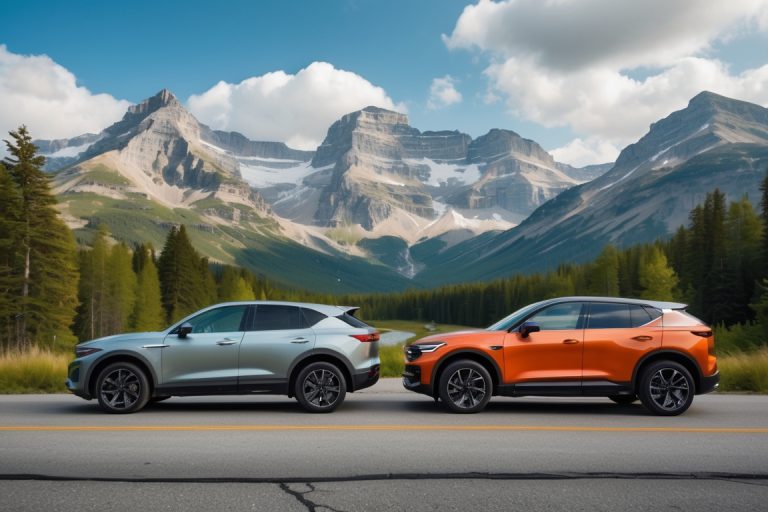Driving is a symbol of freedom and independence, especially for older adults. However, as people age, they often face physical and cognitive challenges that can make driving more difficult. Thankfully, new car technologies are making it safer and easier for seniors to stay behind the wheel. These innovations are not just about convenience—they’re helping elderly drivers stay mobile, confident, and independent.
Why Seniors Need Accessible Car Technology
As people get older, certain changes can affect their driving abilities. These may include slower reaction times, reduced vision or hearing, joint pain, and memory issues. While these changes are normal, they can make tasks like turning the wheel, checking blind spots, or reacting to sudden stops more difficult.
Car manufacturers are now focusing on designing vehicles that support the needs of senior drivers. Thanks to smart features and assistive technologies, elderly drivers can enjoy a safer and more comfortable experience on the road.
Helpful Technologies for Senior Drivers
Here are some of the most important car tech features that are making a real difference for elderly drivers:
1. Blind Spot Monitoring
One common issue for older drivers is limited neck or shoulder movement, which makes checking blind spots difficult. Blind spot monitoring uses sensors to alert the driver when another vehicle is in their blind spot. This reduces the risk of side collisions during lane changes.
2. Rearview Cameras and Parking Sensors
Backing up and parking can be stressful at any age, but especially for seniors. Rearview cameras show what’s behind the car on a screen, while parking sensors beep if the vehicle gets too close to an object. These tools help prevent minor accidents and improve confidence when reversing or parking in tight spaces.
3. Lane Departure Warning and Lane Keep Assist
Drifting out of your lane without realizing it can be dangerous. Lane departure warning systems alert drivers with a sound or vibration if they begin to move out of their lane. Lane keep assist goes a step further by gently steering the car back into its lane if needed.
4. Automatic Emergency Braking
This technology can detect a possible collision with another car or obstacle and apply the brakes if the driver doesn’t respond in time. It’s a lifesaving feature that helps make up for slower reaction times.
5. Adaptive Cruise Control
Traditional cruise control keeps the car at a set speed, but adaptive cruise control adjusts the speed based on the distance to the car in front. It can even bring the car to a stop in traffic. This makes highway driving much less stressful for older drivers.
6. Voice-Controlled Systems
Touchscreens and buttons can be hard to use while driving, especially for those with arthritis or limited hand movement. Voice-activated systems allow seniors to make phone calls, set navigation, or control music just by speaking, keeping their hands on the wheel and eyes on the road.
7. Heated Seats and Steering Wheels
Comfort features like heated seats and steering wheels may seem simple, but they are especially helpful for seniors with joint stiffness or arthritis. Warmth can reduce pain and make long drives more pleasant.
Vehicle Design Matters Too
Beyond smart technology, the physical design of a car can make a big difference. Features like wide-opening doors, adjustable seats, and low step-in heights help seniors get in and out of the car more easily. Some vehicles even offer memory seat functions, so the seat adjusts to the perfect position every time.
What to Look for When Buying a Car for an Elderly Driver
When shopping for a car with an elderly driver in mind, here are a few things to consider:
-
Good visibility from the driver’s seat
-
Easy-to-read dashboard displays
-
Simple and intuitive controls
-
Comfortable seats with lumbar support
-
Safety features like those listed above
-
High safety ratings from trusted sources like the IIHS or NHTSA
The Future of Elderly Driving
Looking ahead, self-driving cars may eventually offer the ultimate solution for seniors who can no longer drive safely. While fully autonomous vehicles aren’t yet widely available, the advanced driver-assist systems we have today are already changing the game for elderly drivers.
In the meantime, programs and apps are also helping families monitor their older loved ones’ driving habits. These tools can alert family members if the senior is speeding, braking suddenly, or driving at odd hours—allowing families to support independence while keeping safety in mind.
Conclusion
Technology is helping senior drivers stay safe, confident, and independent for longer. From smart safety features to comfort-focused designs, the auto industry is taking real steps to make driving more accessible for the elderly. As innovation continues, the road ahead looks brighter—and safer—for senior drivers everywhere.














